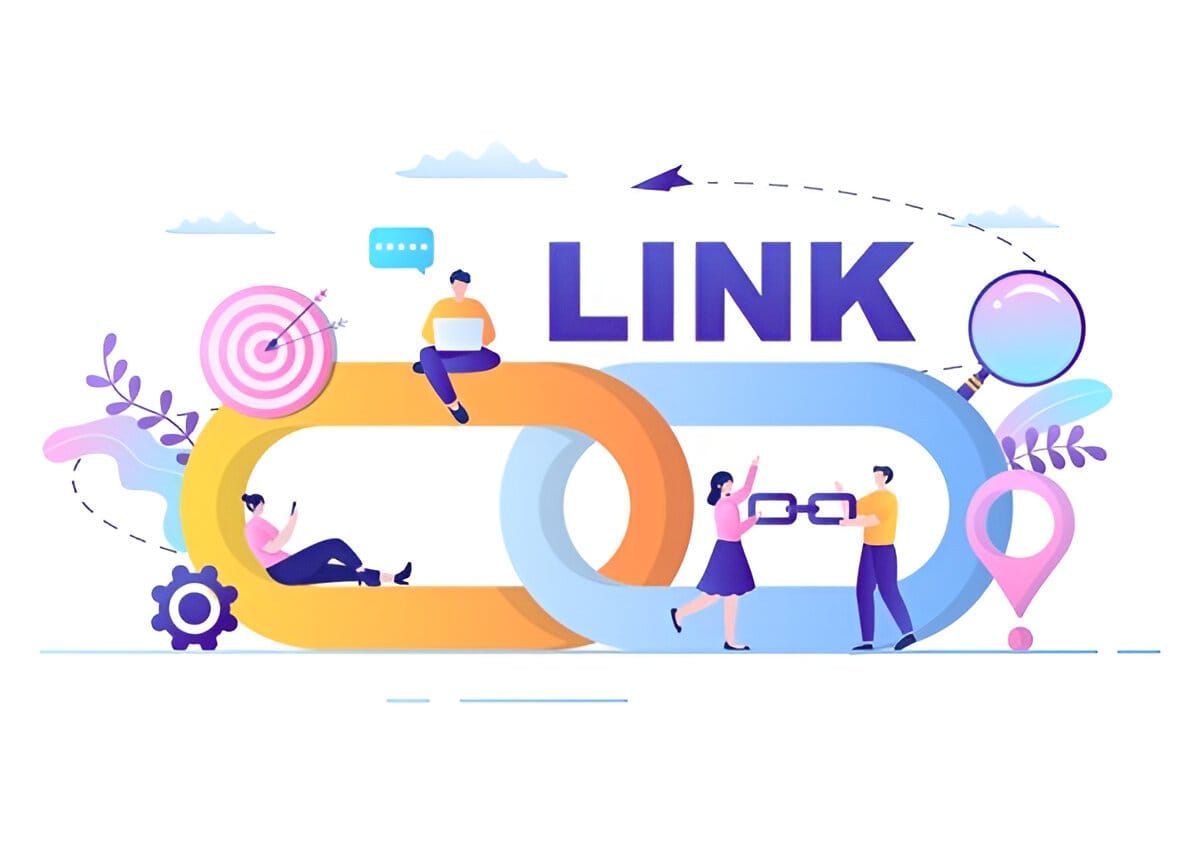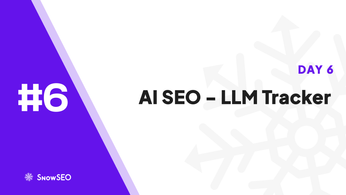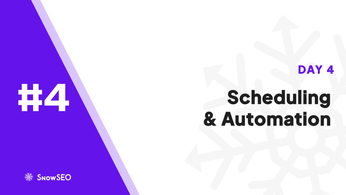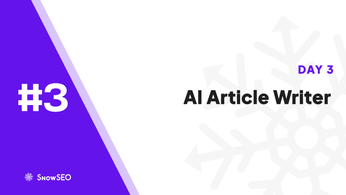
Mastering the Art of Backlink Indexing: Proven Strategies to Boost Your SEO Game
Backlinks are SEO gold, but only if indexed! Learn how to get your backlinks noticed by search engines. Discover strategies, tools, and tips to boost your website's authority and rankings. Master the art of backlink indexing now!
Table of Contents
In SEO, backlinks are like upvotes for your website—they tell search engines that your content is valuable and trustworthy. But here’s the thing: just having backlinks isn’t enough. To actually help your rankings, they need to be indexed by search engines.
If a backlink isn’t indexed, it’s basically invisible and won’t do anything for your SEO. In this guide, we’ll explain what backlink indexing is, why it matters, and how to make sure your backlinks are working to boost your rankings.
Why Backlinks Matter in SEO
Backlinks are hyperlinks from one website to another. They’re a cornerstone of SEO because search engines like Google use them to evaluate the quality and relevance of your content. Here’s why they’re so important:
- Authority Boost: Backlinks from high-authority sites signal to search engines that your content is trustworthy and valuable.
- Traffic Driver: They can bring direct traffic to your site when users click on them.
- Ranking Factor: The more quality backlinks you have, the higher your chances of ranking well in search results.
Pro Tip: Not all backlinks are created equal. Links from authoritative, relevant sites carry more weight than those from low-quality or unrelated sites.
Dofollow vs. Nofollow Backlinks: What’s the Difference?
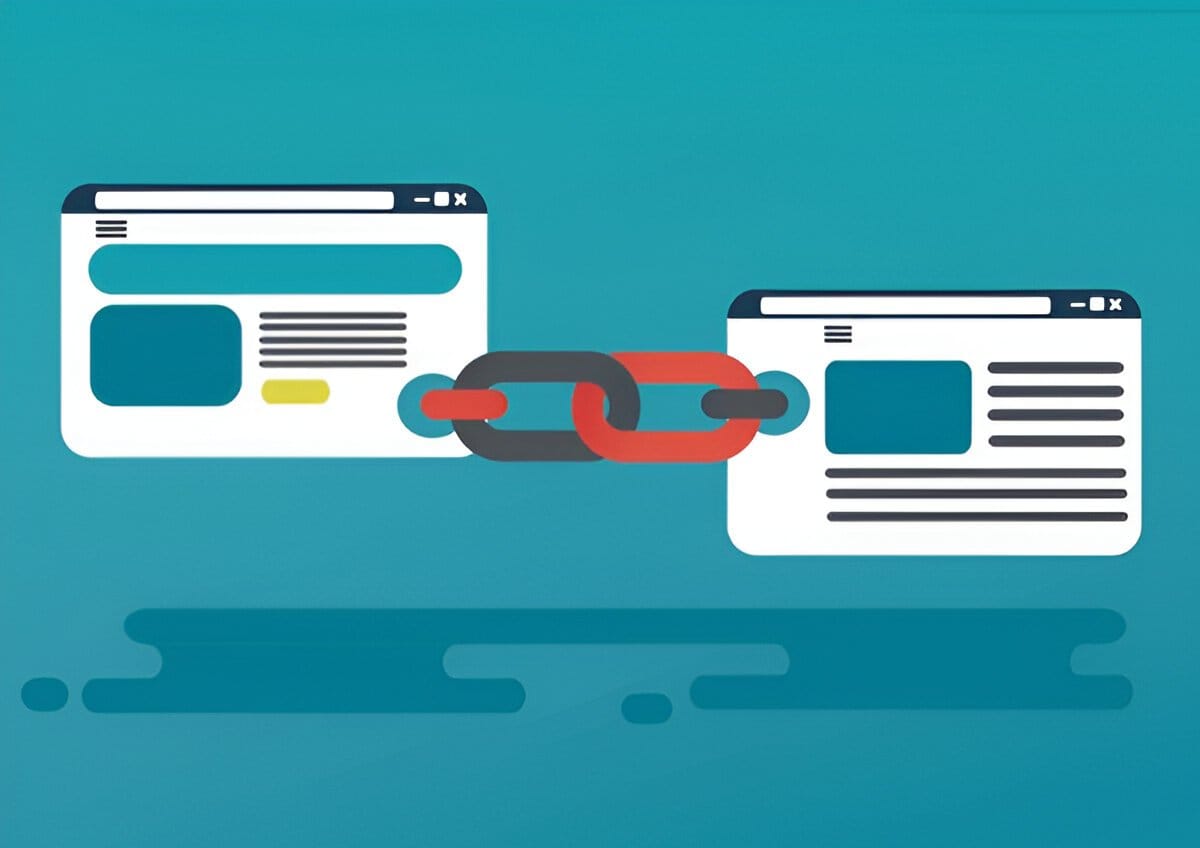
Understanding the difference between dofollow and nofollow backlinks is crucial for your SEO strategy.
- Dofollow Backlinks: These pass “link juice” (authority) to your site, directly boosting your SEO.
- Nofollow Backlinks: These include a rel="nofollow" attribute, meaning they don’t pass authority. However, they still add diversity to your backlink profile and can drive traffic.
Key Takeaway: A healthy backlink profile includes a mix of both dofollow and nofollow links. This balance looks natural to search engines and helps avoid penalties.
What Is Backlink Indexing?
Backlink indexing is the process by which search engines discover, crawl, and add your backlinks to their database. If a backlink isn’t indexed, it’s like it doesn’t exist in the eyes of search engines.
Why Indexing Matters
- Visibility: Indexed backlinks are recognized by search engines and contribute to your site’s authority.
- Ranking Boost: They help improve your search engine rankings.
- Long-Term Value: Indexed backlinks remain valuable as search algorithms evolve.
Fact: According to a study by Ahrefs, only about 25% of backlinks are indexed by Google. This means many backlinks go unnoticed, leaving potential SEO benefits on the table.
How Search Engines Index Backlinks
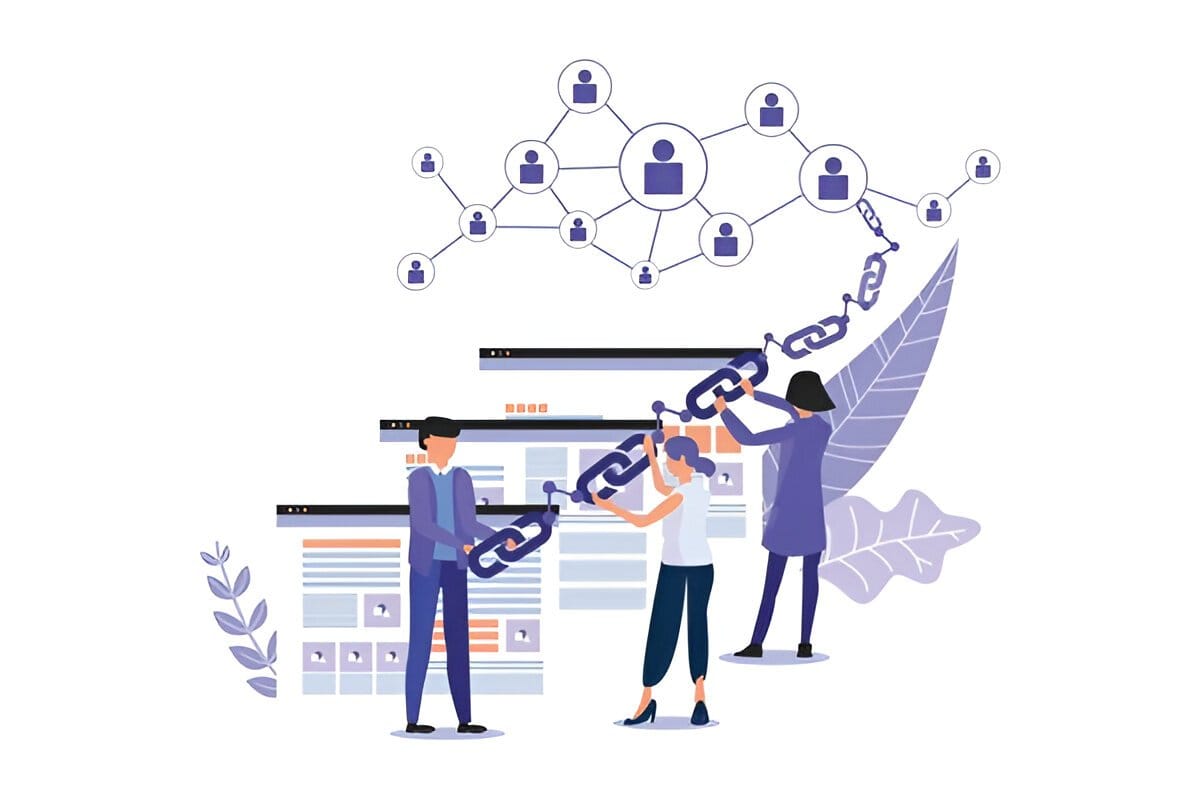
Search engines use bots (also called crawlers) to discover and index backlinks. Here’s how the process works:
- Crawling: Bots scan the web, following links from one page to another.
- Discovery: When a bot finds a backlink to your site, it assesses the linking page’s content and context.
- Indexing: If the backlink meets certain criteria (e.g., relevance, authority), it’s added to the search engine’s index.
Factors That Affect Indexing Speed:
- The authority of the linking site.
- How accessible the backlink is (e.g., links buried deep in a site may take longer to index).
- Your website’s crawlability (e.g., site speed, clean structure).
7 Effective Strategies for Indexing Backlinks
Now that you understand the importance of backlink indexing, let’s dive into actionable strategies to ensure your backlinks get noticed by search engines.

1. Create High-Quality, Shareable Content
Content is king, and high-quality content naturally attracts backlinks. Focus on creating:
- In-depth guides and tutorials.
- Original research or data-driven insights.
- Engaging multimedia like videos, infographics, and podcasts.
Tip: Use tools like BuzzSumo to identify trending topics in your niche and create content around them.
2. Leverage Social Media
Promote your content on social media platforms to increase its visibility. When more people see and share your content, the chances of earning backlinks—and getting them indexed—increase.
Pro Tip: Use platforms like LinkedIn, Twitter, and Pinterest to reach your target audience.
3. Guest Blogging and Collaboration
Write guest posts for reputable websites in your industry. This not only earns you backlinks but also exposes your content to a wider audience.
Bonus: Collaborate with influencers or industry experts to co-create content. Their audience is likely to link back to your site.
4. Use Backlink Indexing Tools
Tools like Google Search Console, SnowSeo, and SEMrush can help you monitor and index your backlinks. For example:
- Submit your sitemap to Google Search Console to speed up indexing.
- Use Ahrefs to identify non-indexed backlinks and take action.
5. Build Relationships with Webmasters
Reach out to website owners and ask them to link to your content. Building relationships can lead to more backlink opportunities.
Tip: Personalize your outreach emails and explain how linking to your content benefits their audience.
6. Fix Broken Links
Use tools like SnowSeo or Ahrefs to find broken links on other websites. Reach out to the site owners and suggest replacing the broken link with a link to your content.
7. Regularly Audit Your Backlink Profile
Conduct regular backlink audits to identify and disavow toxic links. Tools like Moz Link Explorer can help you analyze your backlink profile and spot issues.
Tools to Help You Index Backlinks
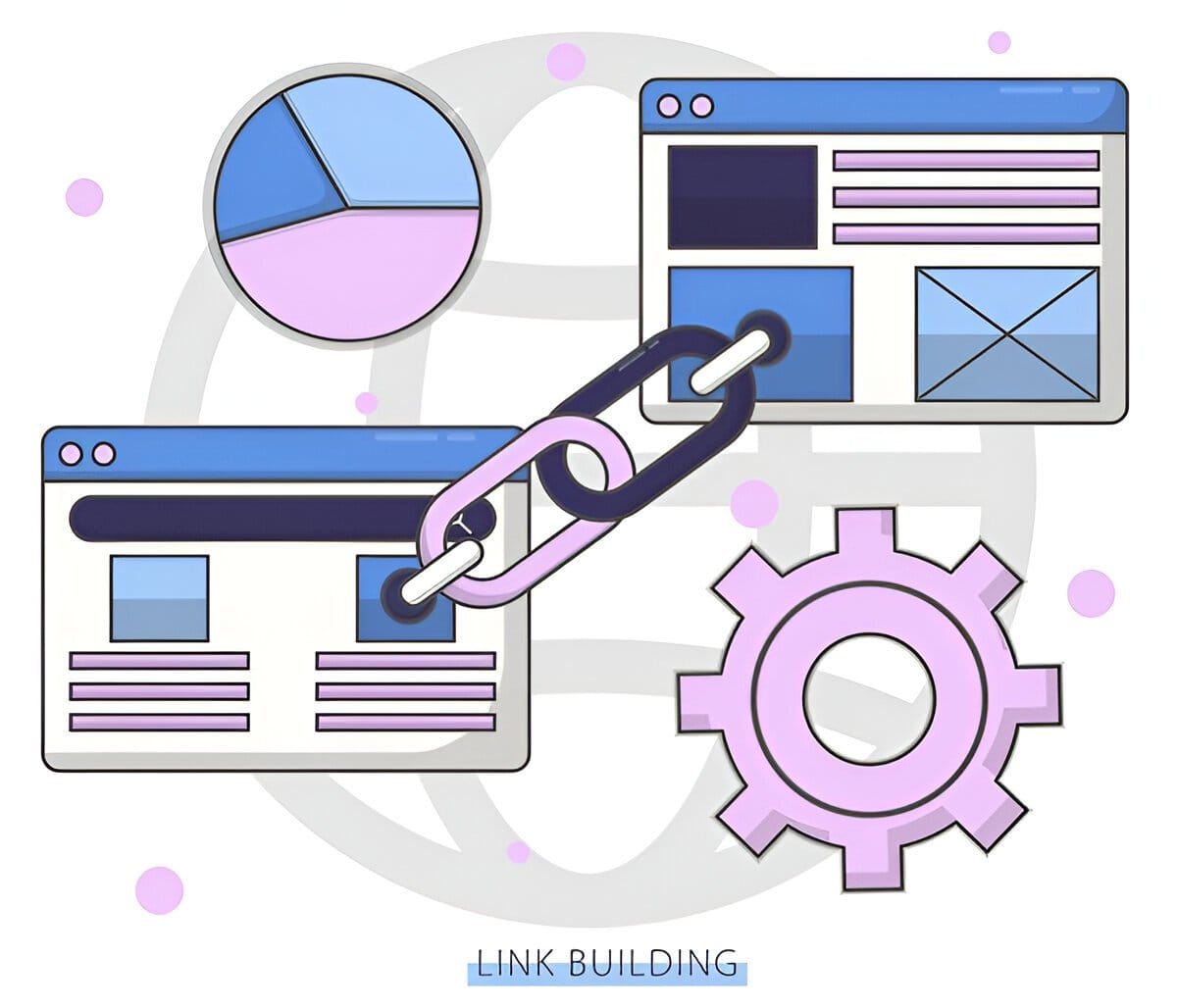
Here are some tools to streamline your backlink indexing efforts:
- Google Search Console: Submit your sitemap and monitor indexed backlinks.
- Snowseo: Track backlinks, identify non-indexed links, and analyze competitors.
- Snowseo Link : Audit your backlink profile and discover new link-building opportunities.
- BuzzStream: Simplify outreach and relationship building.
Common Challenges in Backlink Indexing
1. Non-Indexed Backlinks
Sometimes, even high-quality backlinks don’t get indexed. To fix this:
- Resubmit the page to Google.
- Interlink new content with older pages to boost visibility.
2. Low-Quality Backlinks
Links from spammy or irrelevant sites can harm your SEO. Regularly audit your backlink profile and disavow toxic links.
3. Slow Indexing
If your backlinks are taking too long to index, try:
- Promoting the content on social media.
- Using indexing tools to speed up the process.
Best Practices for a Healthy Backlink Profile
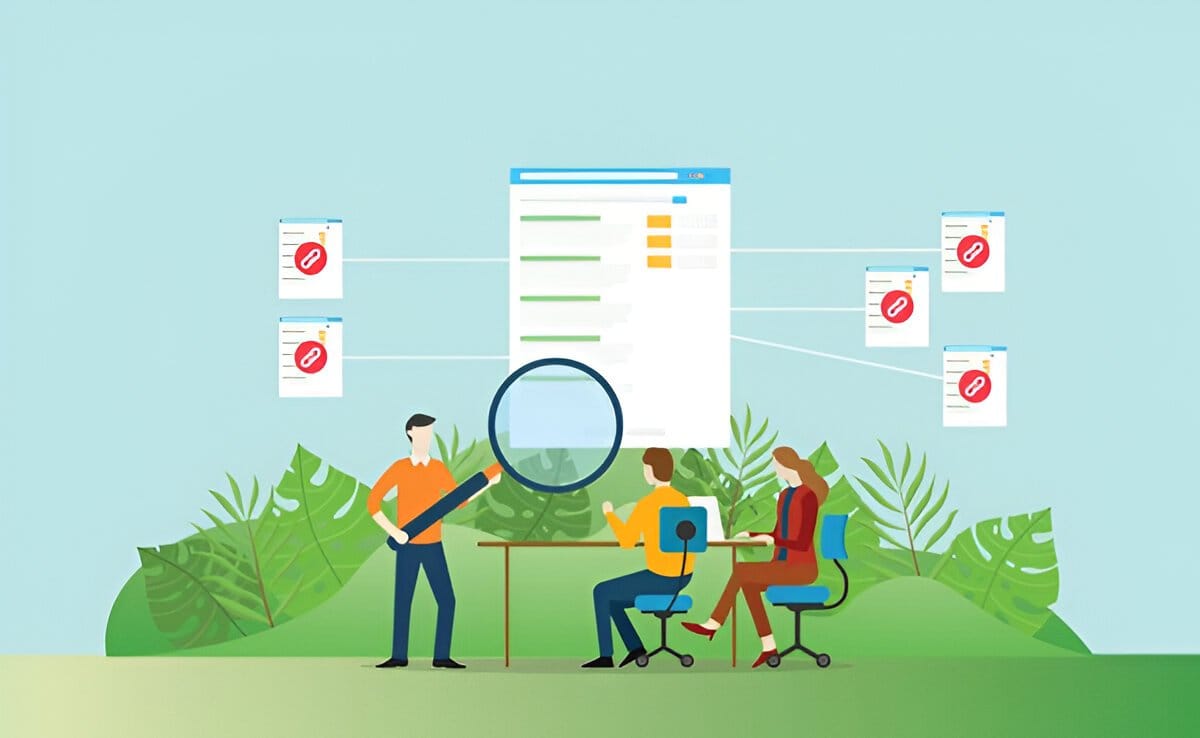
- Diversify Your Sources: Get backlinks from a variety of domains, including blogs, forums, and directories.
- Focus on Relevance: Ensure the linking site is relevant to your niche.
- Maintain Natural Growth: Avoid sudden spikes in backlinks, which can look suspicious to search engines.
- Monitor Regularly: Use tools to track your backlink profile and make adjustments as needed.
FAQs About Backlink Indexing
1.Why is backlink indexing important?
Indexing ensures search engines recognize your backlinks, which boosts your site’s authority and rankings.
2. How can I check if my backlinks are indexed?
Use tools like Google Search Console or Ahrefs to monitor your backlinks’ indexing status.
3. What should I do if my backlinks aren’t indexed?
Promote the content on social media, resubmit the page to Google, or use indexing tools to speed up the process.
4. Can nofollow backlinks help with indexing?
While nofollow links don’t pass authority, they can still drive traffic and add diversity to your backlink profile.
Final Thoughts
Indexing backlinks is a critical part of any SEO strategy. By focusing on quality, relevance, and diversity, you can ensure your backlinks are indexed and contribute to your site’s success. Remember, SEO is a long-term game—patience and persistence are key.
Start implementing these strategies today, and watch your backlink profile—and your rankings—soar!
Call to Action: Ready to take your backlink strategy to the next level? Share this guide with your team and start optimizing your backlinks today!
1. What are backlinks and why are they important for SEO?
Backlinks are hyperlinks from one website to another. They're crucial for SEO because search engines use them as a signal of quality and relevance, essentially a "vote of confidence." They boost your site's authority, drive traffic, and improve search engine rankings.
2. What's the difference between dofollow and nofollow backlinks?
Dofollow backlinks pass "link juice" (authority) to your site, directly improving SEO. Nofollow backlinks have a rel="nofollow" attribute, meaning they don't pass authority. However, nofollow links still add diversity to your backlink profile and can drive traffic. A healthy profile has both.
3. What does "backlink indexing" mean, and why does it matter?
Backlink indexing is the process by which search engines discover, crawl, and add your backlinks to their database. It's vital because unindexed backlinks are essentially invisible to search engines and won't contribute to your SEO efforts. Indexed links improve visibility, rankings, and provide long-term value.
4. How do search engines find and index backlinks?
Search engines use bots (crawlers) that scan the web, following links from one page to another. When a bot finds a backlink to your site, it assesses the linking page's content and context. If it meets certain criteria (relevance, authority), it's added to the search engine's index.
5. What factors can affect how quickly my backlinks get indexed?
Several factors influence indexing speed, including the authority of the linking site, how accessible the backlink is (e.g., buried links take longer), and your website's crawlability (site speed, clean structure).
6. What are some effective strategies to get my backlinks indexed?
Some strategies include creating high-quality, shareable content; leveraging social media; guest blogging; using backlink indexing tools; building relationships with webmasters; fixing broken links on other sites, and regularly auditing your backlink profile.
7. What tools can I use to help with backlink indexing and monitoring?
Tools like Google Search Console (for sitemap submission and monitoring), Ahrefs (for identifying non-indexed backlinks), Snowseo (for tracking backlinks and competitor analysis), Snowseo Link (for backlink audits and link-building opportunities), and BuzzStream (for outreach and relationship building).
8. What can I do if some of my backlinks aren't being indexed?
If backlinks aren't indexing, try resubmitting the page to Google, interlinking new content with older pages to boost visibility, promoting the content on social media, and using indexing tools to speed up the process.
9. Are low-quality backlinks harmful to my SEO?
Yes, links from spammy or irrelevant sites can harm your SEO. Regularly audit your backlink profile and disavow toxic links.
10. How can I maintain a healthy backlink profile?
To maintain a healthy backlink profile, diversify your sources, focus on relevance, maintain natural growth (avoid sudden spikes), and monitor your profile regularly with the help of tools.


